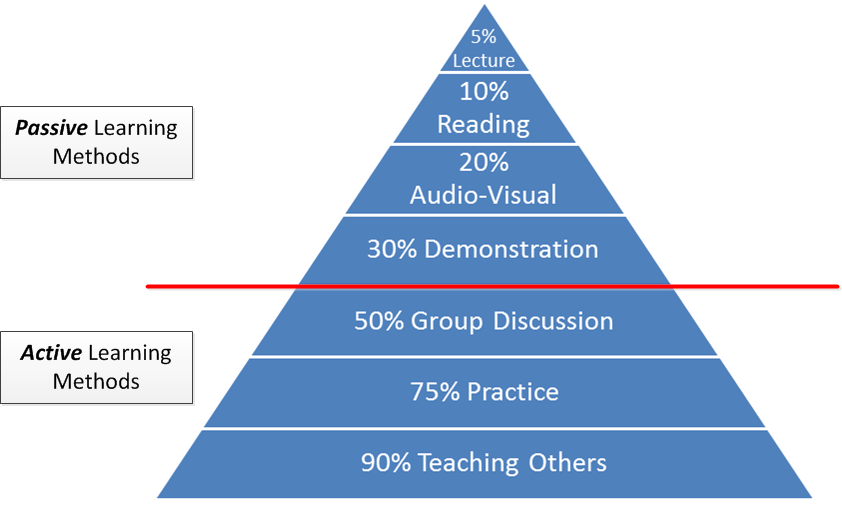Most students who are new to networking find it very difficult to understand and memorize everything they need to know to pass (Cisco) exams. Many of us never learned “how” to study in school.
Whether it’s CCNA, CCNP, or CCIE. What these exams have in common is that you need to learn and remember a LOT of information. Trying to brute force it into your brain is not the most efficient way to learn.
When you want to study networking, there are two things you have to accomplish:
- Theory: Understand the theory behind different protocols that we run on routers, switches, and other network devices.
- Practical Experience: You have to be able to implement the theory by configuring routers, switches, and other network devices.
You can learn about all the different protocols (theory) by reading books, watching videos, or joining a classroom course. Practical experience is achieved by building network topologies, getting your hands dirty, and configuring network devices.
My experience is that most networking students spend 80% of their time reading books and only 20% on the practical side. The time spent on configurations is mostly “copy/pasting” commands just to “have seen” how it works. This is not a very effective method. Let me show you why:

The model above is called the “learning pyramid” and shows different learning methods. The percentages are estimates, but the idea of the model is to show the effectiveness of different study techniques. There are 4 “passive” learning methods:
- Lecture
- Reading
- Audio-Visual
- Demonstration
The lecture is on top and probably the most ineffective method of learning. This is where the instructor stands in front of the classroom explaining things while you only listen. Don’t get me wrong, having an instructor explain the material to you is very important, but it shouldn’t be too long (30 minutes maximum) because our attention span is very short. Reading is next on the list, where you use a self-study guide to understand everything.
Audio-visual could be a pre-recorded video of an instructor explaining things to you. For example, the videos I include in our lessons. A demonstration is where an instructor shows you (in real life) how to configure certain things.
These study methods are all passive methods. It’s almost like watching television. You just let the material fly by while you sit or lie down.
The 3 “active” methods are far more interesting:
- Group discussion
- Practice
- Teaching others
Group discussion is something for the classroom, where you discuss with other students about specific topics. Practice is where we configure network devices, and in networking land, we call these “labs”. I’m a big fan of doing labs, labs, labs, and MORE labs! A key note here is that I’m not talking about “copy/pasting” commands but REALLY thinking about scenarios, building networks, and doing debugs to full understand what is going on. This helps you to get rid of any knowledge gaps quickly. Teaching is very effective as you will find your weaknesses…you can’t explain what you don’t understand. This is especially true when you are standing in front of the classroom with people firing questions at you…you’ll have to know your stuff.
All these active methods have in common that they make you think! It’s not about sitting back and relaxing. You will have to put your brain to work!
My advice to you: spend 20% of your time reading or watching instructional videos, and 80% doing labs, labs, and labs.
So now you know you should be doing labs most of your time. Anything else that is good to know? There’s something about your memory that you should understand, let me show you:


Great Article
thanks sir, I’m always visiting your site
Thanks for sharing.
mindmapping is the best method. I’m using it + review pattern.
Review Pattern : after completing the mindmapping pattern use this method for better remembering.
Immediately review
24 Hours review
1 Week review
1 Month review
4 Month review
Very helpful n well explained article for all beginners in Cisco Netwoking World…Thank u Rene Molenaar for wonderful article…
thank you very much for providing crucial and practical information.